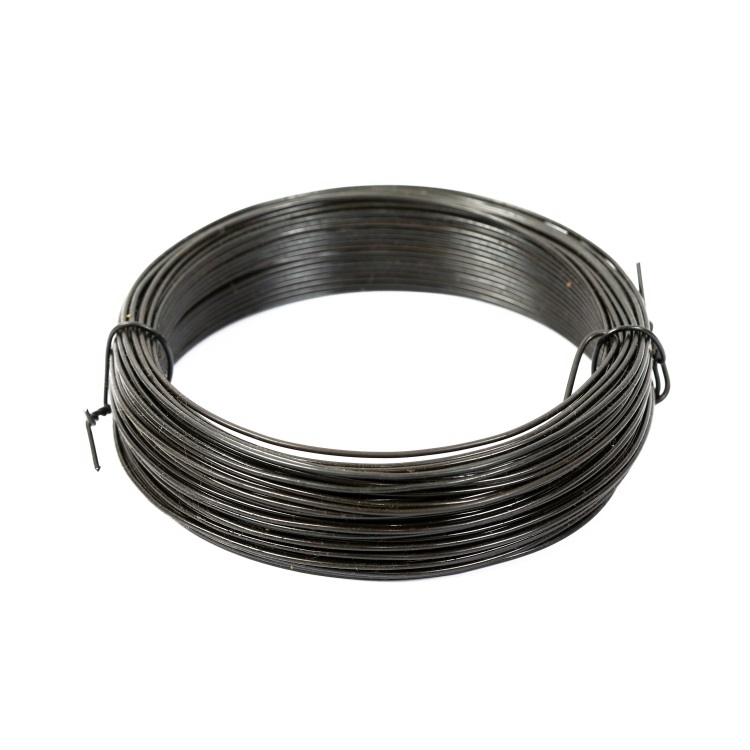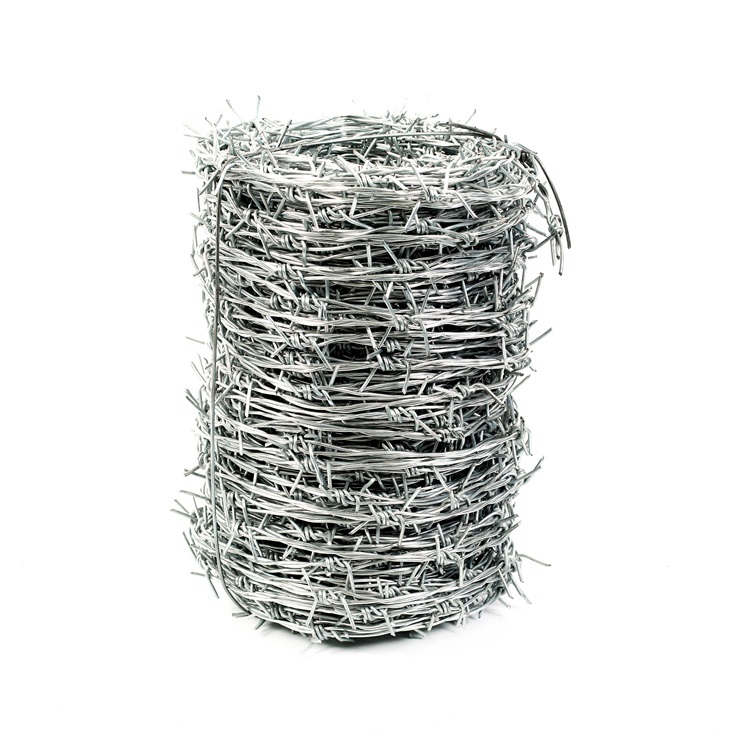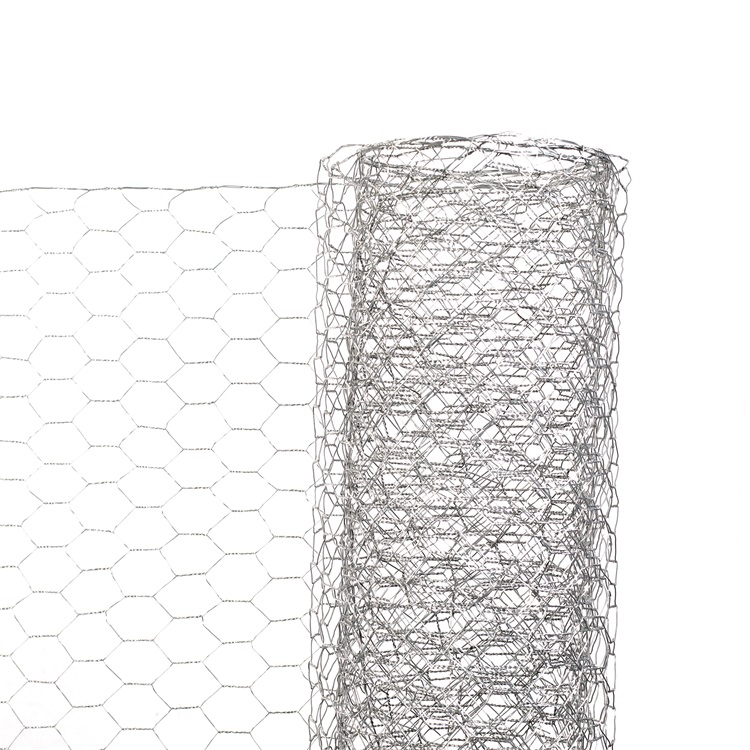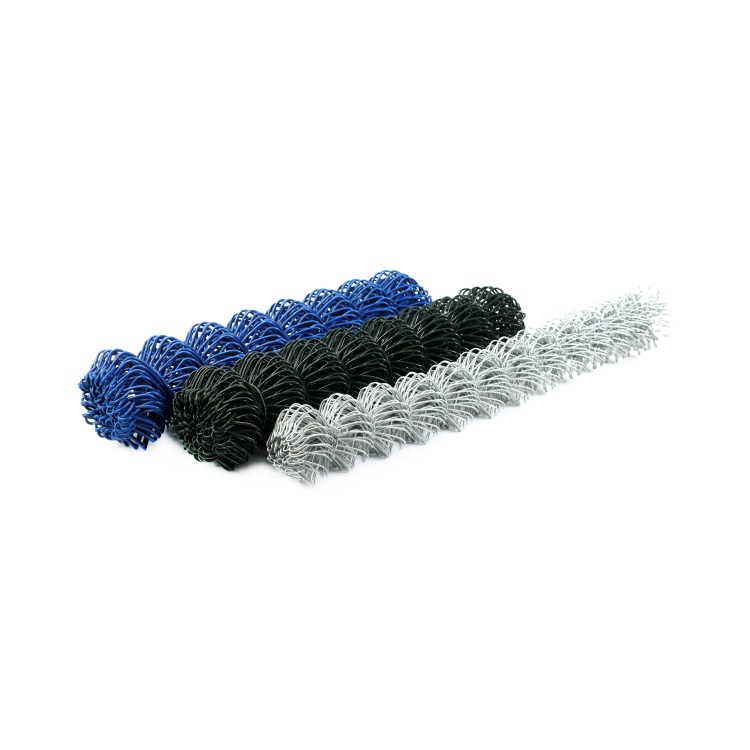High-Quality Hexagonal Mesh Fabric for Durable and Sustainable Applications
Understanding Hexagonal Mesh Fabric: A Global Perspective
Hexagonal mesh fabric might sound niche, but it’s actually one of those quietly revolutionary materials woven into industries worldwide. From construction safety nettings to agricultural fencing, and even in humanitarian aid, this patterned fabric does a lot of heavy lifting — literally and figuratively. But why should anyone beyond industry insiders care? Well, its global impact lies in clever engineering, cost-efficiency, and sustainable applications that address pressing challenges in infrastructure, urbanization, and disaster relief.
Simply put, grasping the advantages of hexagonal mesh fabric can shed light on how practical materials serve complex social and environmental needs, making life safer, easier, and more sustainable, globally.
The Global Case for Hexagonal Mesh Fabric
If you peek at reports from institutions like the United Nations or the International Organization for Standardization (ISO), you’ll see global infrastructure development is surging. Urban populations are expected to grow from about 4.2 billion in 2018 to 6.7 billion by 2050 (according to UN DESA data). Whatever is built has to be safer, lighter, and adaptive. Hexagonal mesh fabric fits right in here because of its structural strength combined with flexibility. Worldwide, it addresses issues like erosion control, boundary fencing, and technical barriers.
For example, frequent natural disasters require fast, durable materials that are easy to transport and install. This “mesh” is one solution industries cling to – and it often outperforms more rigid, traditional alternatives.
Defining Hexagonal Mesh Fabric
At its core, hexagonal mesh fabric is a network of interconnected fibers or wires, shaped as hexagons—the six-sided polygons you often see in honeycombs. This geometry offers a near-perfect balance of strength and openness. Unlike square or rectangular meshes, the hexagonal pattern distributes physical loads more evenly which means better resilience and durability.
In modern industry, it’s used in fencing, protective netting, filtration, and reinforcing composite materials. On the humanitarian front, think about temporary shelters — the fabric offers breathable, lightweight walls or reinforcement where traditional materials would be too heavy or cumbersome. So, it’s a small but strategic material pivot that makes a surprising difference.
Core Features of Hexagonal Mesh Fabric
1. Durability
The hexagonal weave can resist significant tensile and tear forces, especially when woven from strong polymers or galvanized steel wire. This makes it ideal for long-term infrastructure use or harsh environments.
2. Flexibility and Scalability
Because the mesh has open gaps, it naturally bends without breaking — pretty vital on uneven terrain or irregular surfaces. Plus, it can be produced in rolls of varying sizes adapted to the project’s scale.
3. Cost Efficiency
The production process minimizes raw material use compared to solid sheets while maintaining necessary strength. The ability to recycle some materials further drives down costs.
4. Lightweight Nature
Hexagonal mesh fabric is relatively light, which helps in faster deployment and reduces transportation expenses — a boon for remote or disaster-hit areas.
5. Environmental Sustainability
Using recyclable polymers and less metal content compared to other meshes reduces environmental impact. Some vendors now offer biodegradable versions, aligning with green goals.
6. Versatility
Applications range across agri-tech, construction, mining, defense, and emergency management — a material that fits many hats, if you will.
Takeaway: Hexagonal mesh fabric's durable yet flexible nature makes it a uniquely adaptable solution in sectors demanding balance between strength, cost, and eco-friendliness.
Hexagonal Mesh Fabric in Action: Real-World Applications
- Disaster Relief: NGOs use hex mesh to create reinforced tent walls that can withstand wind and rain but remain breathable — vital for displaced populations in tropical regions.
- Construction Safety: In Europe and North America, scaffolding safety netting designed with hexagonal mesh helps prevent accidental falls and debris scattering without adding excessive weight.
- Agriculture & Animal Enclosures: In Australia, farmers use these meshes to protect crops from pests and structurally support greenhouse frameworks.
- Coastal & Erosion Control: Engineering firms in Asia deploy hexagonal mesh gabions (wirework containers) filled with stones to reinforce riverbanks and shorelines.
- Industrial Filtration: Refinery plants use finer variants to filter particles without clogging filters, an application gaining traction globally.
Takeaway: The multifaceted application portfolio of hexagonal mesh fabric means it’s not just an industrial product but an integral tool in humanitarian and environmental strategies.
Specifications Snapshot: Typical Hexagonal Mesh Fabric
| Specification | Typical Range | Notes |
|---|---|---|
| Mesh Opening Size | 5 - 50 mm | Customizable per use-case |
| Material | Galvanized Steel, PVC-coated wire, Polypropylene | Depends on environment and durability needed |
| Wire Diameter | 0.5 - 3 mm | Thicker for heavy loads |
| Weight per sqm | 0.3 - 2 kg | Varies by material and mesh size |
| Tensile Strength | 300 - 600 N/mm² | High-strength steel grades preferred |
Comparing Leading Hexagonal Mesh Fabric Vendors
| Vendor | Material Options | Customization | Lead Time | Sustainability |
|---|---|---|---|---|
| FiveStar Metals | Galvanized Steel, PVC Coated | Full range of mesh size & wire diameter | 1-3 weeks | Recyclable materials, eco-packaging |
| MeshGlobal Inc. | Polypropylene, Stainless Steel | Moderate (predefined sizes) | 2-4 weeks | Limited recyclable options |
| EcoMesh Solutions | Biodegradable Polymers | High customization available | 4-6 weeks | Strong environmental focus |
Why Hexagonal Mesh Fabric Is a Game-Changer
There’s a reason engineers and designers alike sing praises about hexagonal mesh fabric. Cost-wise, it’s efficient: it uses less material but doesn’t skimp on safety or longevity. Emotionally, there’s a security aspect — think disaster zones or construction sites where a net failure could be disastrous, literally. It supports dignity by underpinning humanitarian shelter solutions that feel less fragile.
Long-term, sustainability gains ground as recyclable or biodegradable options evolve. Plus, it fits naturally into automated manufacturing and digital design workflows, so custom orders or rapid prototyping are easier than ever.
Looking Ahead: The Future of Hexagonal Mesh Fabric
Expect more bio-based polymers replacing metals for reduced weight and carbon footprint. Green certifications will become standard, driven by regulatory bodies like the ISO. Digital twins and AI will optimize mesh design, tailoring wire thickness and mesh size to exact stress tests digitally before production.
Also, anticipate integration with smart sensors — imagine nets that monitor structural integrity in real-time and alert operators before any failure occurs, a sort of “Internet of Things” meets wirework. It's kind of thrilling to think an old-fashioned honeycomb pattern could be at the forefront of innovation.
Common Challenges and How Industry Experts Are Addressing Them
Despite its advantages, hexagonal mesh fabric sometimes struggles with UV degradation (in polymers) or rusting (in steel), especially in harsh climates. Luckily, advances in coating technologies and hybrid materials are easing these issues.
Installation can be tricky over complex terrain, requiring innovative anchoring systems and better modularity. Collaboration between engineers and field workers results in smarter deployment kits, reducing setup time significantly.
FAQ: Answers to Your Hexagonal Mesh Fabric Questions
- What makes hexagonal mesh fabric better than traditional square mesh?
- Its geometry distributes stress more evenly, allowing better load resistance while using less material. This results in lighter, stronger mesh suited for versatile applications.
- Can hexagonal mesh fabric be used in extreme weather?
- Yes, especially when made with galvanized steel or UV-resistant polymers and coated properly. These treatments help resist corrosion and degradation in harsh environments.
- Is the hexagonal mesh fabric suitable for rapid emergency shelter setups?
- Absolutely. Its light weight and flexibility mean it can be transported and deployed quickly, providing sturdy support without extensive tools.
- How customizable are the mesh sizes and materials?
- Very customizable. Vendors like FiveStar Metals offer a range of mesh sizes, wire diameters, and coatings tailored to project needs.
- Are there eco-friendly hexagonal mesh options available?
- Yes, biodegradable polymer meshes and recyclable metals are increasingly common, supporting green building certifications and sustainability goals.
Wrapping Up: Why Hexagonal Mesh Fabric Should Be on Your Radar
Hexagonal mesh fabric offers a rare trifecta: technical performance, economic viability, and environmental promise. As infrastructure needs grow and sustainability becomes ever more urgent, this fabric’s carefully engineered pattern supports those demanding fields with style and substance.
If you want to explore top-quality hexagonal mesh fabric options and practical advice on customization, visit FiveStar Metals — they’re industry leaders who really get the material inside out.
After all, sometimes the simplest geometry holds the answer to complex global challenges.
References:
1. United Nations, World Urbanization Prospects, 2018 Revision
2. International Organization for Standardization (ISO), Material Durability Standards
3. Wikipedia - Hexagonal Mesh Patterns
-
Discount 16 d Common Nails - Bulk, Durable, Fast Shipping
NewsNov.17,2025
-
Finish Nails - Durable, Rust-Resistant, Clean Countersink
NewsNov.17,2025
-
Barbed Wire: Galvanized, High-Tensile Security Fencing
NewsNov.17,2025
-
Discount 16 d Common Nails – Bulk, Durable, OEM Options
NewsNov.17,2025
-
Welded Steel Tube Temporary Fence – Galvanized, Durable
NewsNov.04,2025
-
Barbed Wire – High-Tensile, Galvanized, Bulk & Fast Shipping
NewsNov.04,2025














